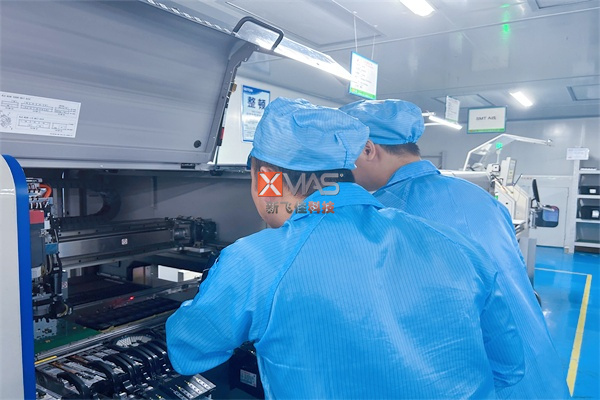With the rapid development of the electronics industry, surface mount technology is increasingly needed by the market. The welding technology in SMT surface mount processing is a key link to ensure product quality and production efficiency. This article will introduce three common welding techniques in SMT surface mount processing, namely wave soldering, reflow soldering, and manual soldering, and analyze their principles, application scenarios, and advantages and disadvantages to help readers better understand and choose suitable welding techniques.
1、 Manual welding technology
Manual welding technology is a relatively early welding technique, which involves operators holding a soldering iron or other heating tools, directly contacting the solder joint and solder to perform local heating, melting the solder and wetting the solder pad, thereby forming a strong welding connection. In SMT surface mount processing, manual welding is often used for small batch production, maintenance, and prototype production. Due to its simple equipment and flexible operation, it is particularly suitable for some complex or difficult to automate welding tasks.
The main advantages of manual welding technology are low equipment cost, high flexibility, and the ability to adapt to various welding needs. However, it also has some obvious drawbacks, such as relatively low production efficiency, welding quality being easily affected by the skill level of operators, and prolonged manual welding may cause physical burden on operators.
2、 Wave soldering technology
Wave soldering is a welding technique that utilizes the surface tension of the solder to form a solder joint by contacting the PCB with the molten solder wave. It usually uses tin lead alloy as solder. In SMT chip placement processing, wave soldering is suitable for soldering through hole plug-in components, such as electrolytic capacitors, transistors, etc.
The advantages of wave soldering are fast welding speed, low cost, and suitability for large-scale production. However, due to the use of molten solder for welding, it is prone to defects such as bridging and solder leakage, and is not suitable for welding surface mount components (SMD).
3、 Reflow soldering technology
Reflow soldering technology is a welding technique that melts solder paste through heating, then cools and solidifies to form welding points. In SMT chip fabrication, reflow soldering is widely used for the soldering of surface mount components (SMD), such as integrated circuits, resistors, capacitors, etc.
The advantages of reflow soldering are stable welding quality and suitability for high-density assembly. Due to the use of solder paste as the connecting medium in reflow soldering, it can better wet and diffuse the solder pads, forming a strong welding connection. However, the equipment cost of reflow soldering is high, and there are high requirements for the quality of solder paste and process parameters.
Summary:
In SMT surface mount machining, wave soldering, reflow soldering, and manual soldering are three common welding techniques. Choosing the appropriate welding technology based on specific application scenarios and requirements is crucial for ensuring product quality, production efficiency, and cost. With the continuous upgrading and upgrading of electronic products and the development of new technologies, welding technology will also continue to innovate and improve to meet higher process requirements and market demands.


